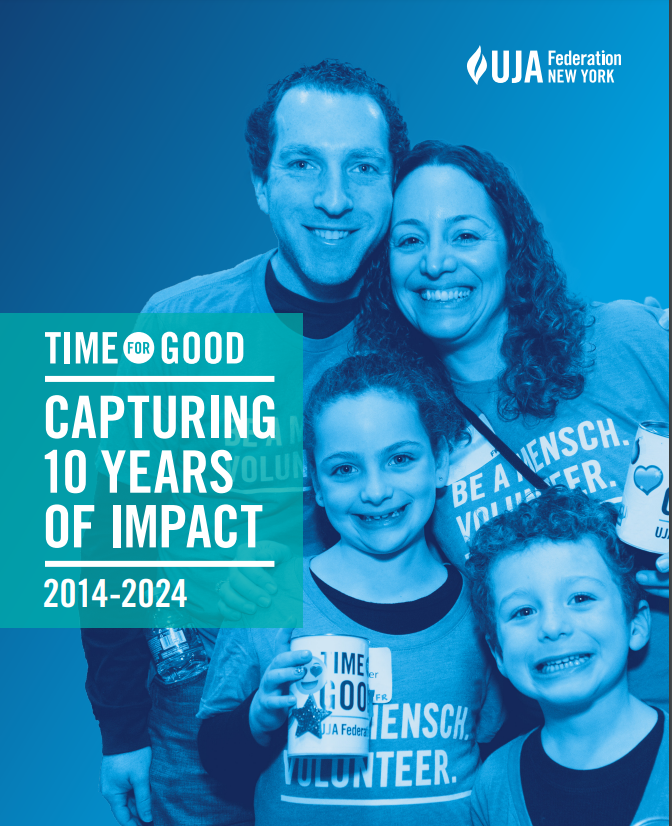Blog: Investing in Volunteer Engagement Pays Off! New stories to tell.

Over and over again, we have a front row seat in seeing research-based benefits of engaging volunteers really do play out in practice . We see that organizations which engage volunteers strategically and effectively really do outperform those that don’t, as volunteer talent and advocacy helps make these organizations be successful.
We know that volunteers are an important part of the workforce – bringing in labor, talent, and connections — and important resource multipliers, as volunteers are more likely to contribute financially than non-volunteers. We see volunteers becoming strong ambassadors and that they build public trust in organizations (because they are, in fact, the public!).
Volunteers are a critical strategy for organizations.
Yet, these benefits don’t come without investments. As I will be sharing tomorrow with my copresenters at the Independent Sector’s Symposium on Public Policy for Nonprofits, the process of engaging volunteers requires time, expertise, planning, and adequate resources, necessitating a well-devised strategy — and that means investments to support that strategy.
Despite the overwhelming evidence indicating the importance of investing in volunteer engagement, such investments remain the exception rather than the rule. However, success stories exist! In fact, UJA Federation of New York was recently featured as an important success story, with a recently released report detailing the results of ten years’ of investing in volunteer engagement infrastructure, training, and coaching. Check out this recently published story about UJA’s Time for Good Initiative and consider downloading the full report here. Read what happens when a funder believes that volunteerism is a low-cost intervention to sustain and scale the work of nonprofits addressing priorities today and the needs of their communities tomorrow.
The results are profound! For example, according to the 2024 survey, which VQ Volunteer Strategies help to design, “100% of Time for Good participants report that volunteers increase quality of programs provided and 92% say that volunteers provide more detailed attention to people served.”
This is the type of data that can help you advocate for investments in volunteer engagement – and change the conversations with your colleagues in fund development and with your current or prospective funders. Leverage this conversation guide to help you start that dialogue. Furthermore, ensure that you are gathering data to tell the story of how volunteers enhance the quality of programs your organization provides as well. Only through our collective storytelling will we change the narrative – and close the funding gap. It’s up to us.
